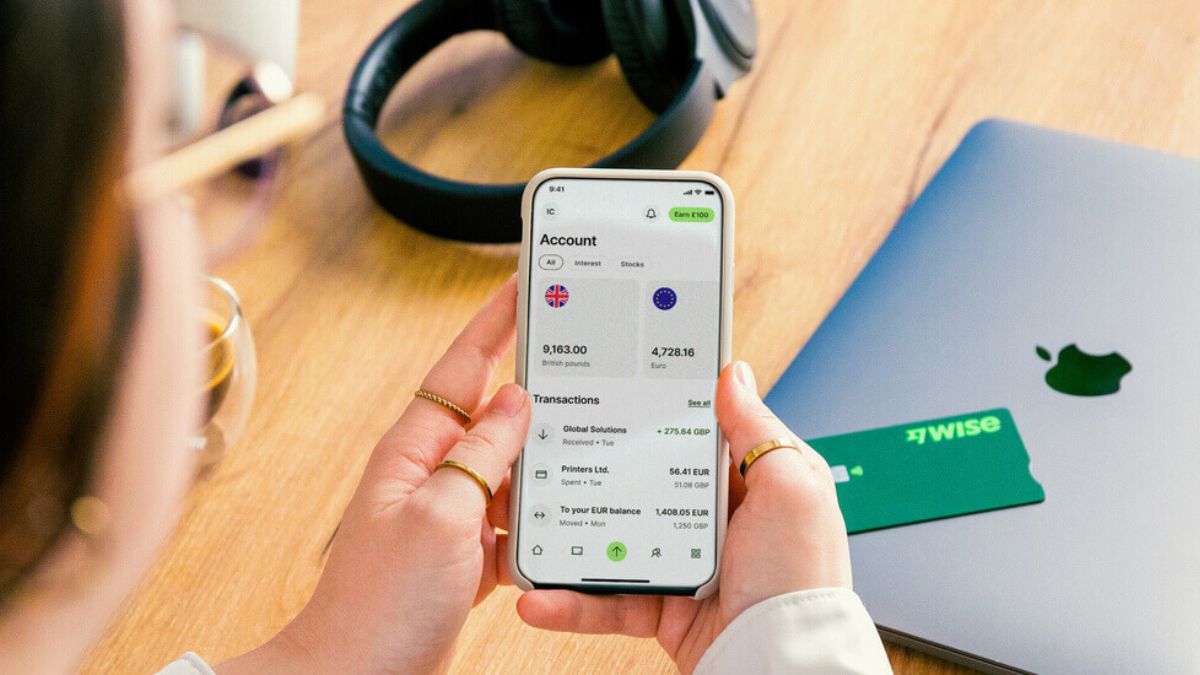If your business operates globally or interacts with financial institutions, chances are you’re familiar with the Legal Entity Identifier (LEI). This unique 20-character alpha-numeric code is used to identify entities involved in financial transactions. But what happens if you need to transfer your LEI to a different Local Operating Unit (LOU)? Don’t worry—it’s simpler than it sounds!
This guide will walk you through every step involved in transferring your LEI, why you might want to make a transfer, and what to expect during the process.
What Is an LEI, and Why Might You Need to Transfer It?
The Legal Entity Identifier was introduced as part of the Global Legal Entity Identifier System (GLEIS) to improve transparency in financial transactions. The LEI provides all the essential information about an entity, such as name, legal structure, ownership, and jurisdiction, in a publicly accessible database.
You might need to transfer your LEI for several reasons:
- Switching to a more cost-effective LOU: Different LOUs charge different renewal and management fees.
- Improved customer service: Not all LOUs provide the same level of support, and sometimes better assistance is worth making the switch.
- Simplifying processes: You may prefer an LOU that better aligns with your entity’s requirements, offering smoother processes for updates or annual renewal.
Now that you understand the importance of an LEI and the scenarios where a transfer might be necessary, let’s jump into the actual process.
1. Verify Your Current LEI and LOU
Before starting the transfer, it’s critical to verify the current status of your LEI. You can do this on the GLEIF website—a database maintained by the Global Legal Entity Identifier Foundation.
Steps to verify your LEI:
- Visit the GLEIF search tool.
- Enter your LEI or search by your entity name.
- Confirm that your LEI is active and up-to-date. An inactive LEI must be reactivated before transfer.
This step ensures there won’t be delays caused by outdated data or an inactive status.
2. Choose Your New LOU
The next step is selecting the Local Operating Unit you want to transfer your LEI to. Each LOU is accredited by GLEIF and specialized in maintaining LEIs for different entities worldwide. Here’s what to consider when choosing a new LOU:
- Pricing: Compare renewal and transfer costs among different LOUs.
- Customer Service: Look for reviews or ask about client support capabilities.
- Renewal Process: Evaluate how easy it is to update or renew your LEI with the new LOU.
To find a list of accredited LOUs, visit the GLEIF LOU directory.
3. Initiate the Transfer on the New LOU’s Portal
Once you’ve selected your new LOU, you’ll need to visit their official website to initiate the transfer request.
Key steps include:
- Fill in Transfer Forms: Most LOUs provide a dedicated section for LEI transfers. You’ll need to provide your entity’s existing LEI and some registration details.
- Submit Authorization: To proceed, you may be asked to approve an authorization request or provide a declaration letter confirming your intention to transfer the LEI.
This part shouldn’t take more than a few minutes if you have all the necessary documentation ready.
4. Notification to the Current LOU
When the transfer request is submitted, your new LOU will notify the current LOU about the transfer process. This communication ensures that all parties are informed and the transition is seamless.
The current LOU then verifies the information and coordinates with the new LOU to hand over the management of your LEI. Rest assured, you don’t need to worry about the back-and-forth communication—your new LOU handles it.
5. Validation and Confirmation
The new LOU will validate your details to ensure accuracy. They will check for:
- Up-to-date legal entity information
- Correct ownership details
- Active LEI status
Once validated, the transfer is completed, and the new LOU takes over the management of your LEI. You’ll receive a confirmation email from the new LOU, which means the process is officially finalized.
6. Renew Your LEI Annually with the New LOU
While the transfer is a one-time activity, maintaining your LEI is ongoing. Remember to renew your LEI annually to keep it active. Many LOUs offer reminders for renewals, so you don’t miss the deadline.
A renewed LEI ensures financial institutions and regulatory bodies can continue identifying your entity accurately, preventing potential issues with transactions.
FAQs About LEI Transfers
1. Does transferring an LEI affect its number or validity?
No, the LEI itself remains the same. Transfers do not alter the LEI code or the underlying entity details, ensuring all historical data stays intact.
2. How long does an LEI transfer take?
The process typically takes 3-7 business days depending on the responsiveness of your current and new LOUs.
3. Will I lose access to my LEI during the transfer?
No, your LEI continues to function as normal throughout the transfer process.
4. Are there fees involved in transferring LEIs?
Most LOUs do not charge transfer fees, but this may vary. Additionally, you’ll need to pay the new LOU’s annual renewal fees.
Why the Right LOU Matters
Choosing the right LOU is more than a cost decision; it’s a strategic move. A reliable LOU can simplify renewals, offer expert assistance, and deliver a better overall experience for managing your LEI. By transferring to an LOU that aligns with your business needs, you can streamline regulatory compliance and focus on growing your enterprise.
Take Control of Your LEI Management Today
Transferring your Legal Entity Identifier doesn’t have to be daunting. With the right LOU and a clear understanding of the steps involved, the process is seamless and rewarding. Start by assessing your current LOU’s performance, and if you see room for improvement, take the proactive step of transferring your LEI today.
For further guidance and resources about LEI transfers, visit the Global Legal Entity Identifier Foundation’s transfer guide.










